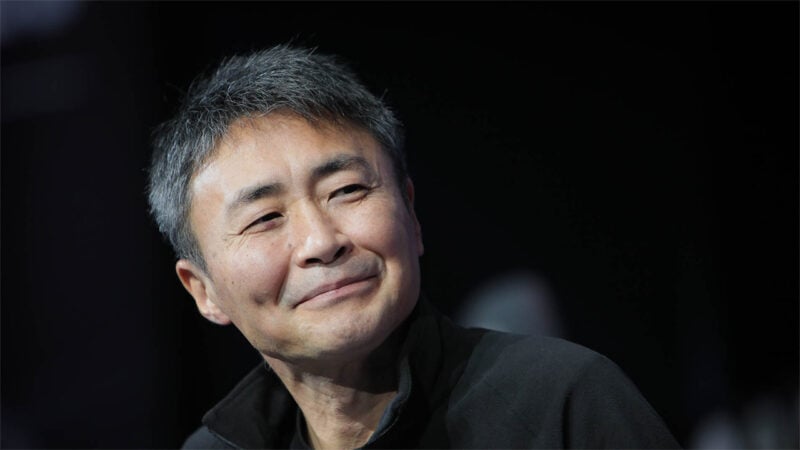
Over the holiday period, and to mark Gran Turismo’s 25th Anniversary, Polyphony Digital invited Japanese gaming media to a rare tour of its facilities and another opportunity for Kazunori Yamauchi to explain his thoughts of the past, present, and future of the series.
We’ve already seen some of the output from that, with Jaguar’s XJ220 supercar revealed by way of an interior 3D model during a presentation, but we’ve also taken some time to pick through the various interview article and pull out the most interesting morsels from within.
It’s worth noting that all of the interviews were published in Japanese, so our own translations of these pieces might not be perfect, but the meaning of Yamauchi’s comments are still fairly clear.
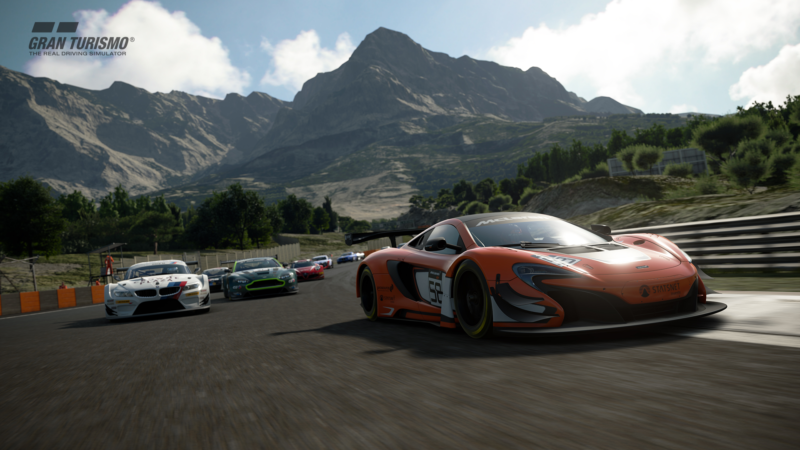
The Backlash Against Gran Turismo Sport
One of the subjects that comes up during the interviews is the recognition that — although Polyphony Digital keeps an eye on player requests and thoughts — there’s a gap between what Yamauchi himself envisions and what the players want and expect.
Speaking of the difference between his philosophy and player expectation, Yamauchi comments that “I don’t think it always matches,” and adds that “it’s healthy” that this gap exists.
Seemingly it acts as guidance. Yamauchi acknowledges that “Gran Turismo Sport was a very experimental title, and in a sense, we proposed something different from what users expected. Therefore, the backlash at the time of release was quite amazing.”
That effectively resulted in Gran Turismo 7. “I wanted to create something that the Gran Turismo users had been waiting for, while incorporating the new elements that GT Sport opened up,” he adds.
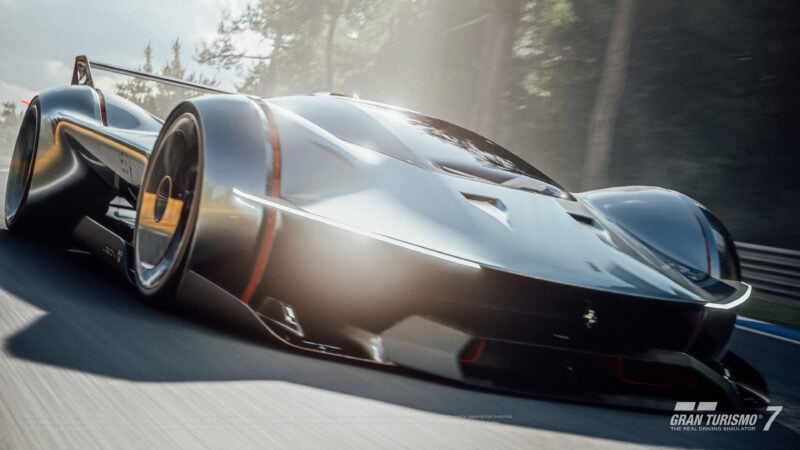
Looking to the Future of Car Culture
Yamauchi also reflects on how players — “I don’t think it’s the majority,” he notes — respond to new features such as GT Sophy or new Vision Gran Turismo cars, with requests for their own favorite older vehicles.
“I think it’s because they take it for granted that car culture will continue into the future,” he comments. Noting requests for cars like the Toyota Chaser and Mitsubishi Lancer Evolution IV, he states “If you do [only] that, it will probably end, easily. It is not connected to the future at all,” adding “if all you want is old cars that’s fine, but that will never last.”
With that in mind, Yamauchi also reflects on the changing face of motoring today. “The types of cars are changing a lot… In the past, car enthusiasts drove sports cars… Nowadays, car enthusiasts often drive SUVs… I think we have to cover such cars.”
Of course that wouldn’t be too radical a change for Gran Turismo, with cars like the Range Stormer Concept (which became the Sport), Mazda MX-Crossport (which became the CX-7), and Renault Avantime in previous iterations of the game, but perhaps we’ll see more of them in the future.
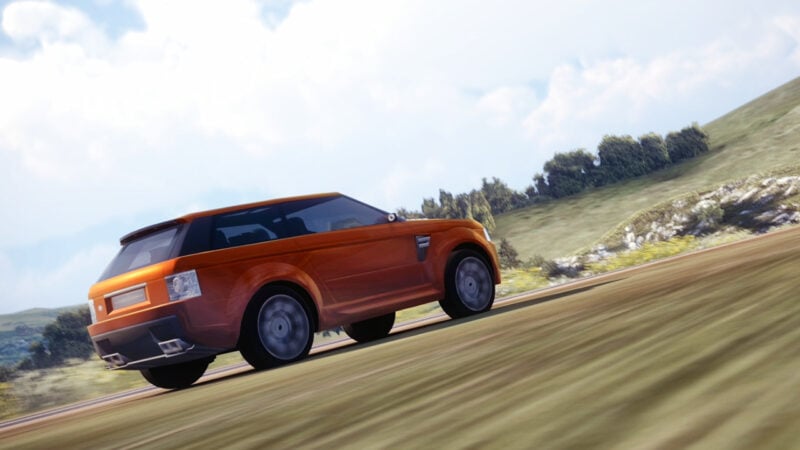
Gran Turismo 7’s Updates and Lifespan
How far in the future remains to be seen; acknowledging the fact that cars now take 270 person-days to complete from scratch, Yamauchi states the current rate is around 60 new cars per year. However that hasn’t been entirely reflected in GT7, which has received 30 new cars in the nine months to its most recent update.
That came as a response to a question over whether PD is targeting the 1000+ car rosters of GT5/6. Yamauchi says that it’s not a specific target, but may end up happening anyway — though probably not within the lifetime of GT7. That’s a first acknowledgement of the game having a finite existence rather than being a games-as-a-service (GAAS) platform with continual content updates to a fixed core.
In addition he comments that GT7’s updates are not monthly by design, but that they just happen to be so at the moment. When asked if it’s a possibility that the updates could be more spaced out or closer together, he simply comments that it is.
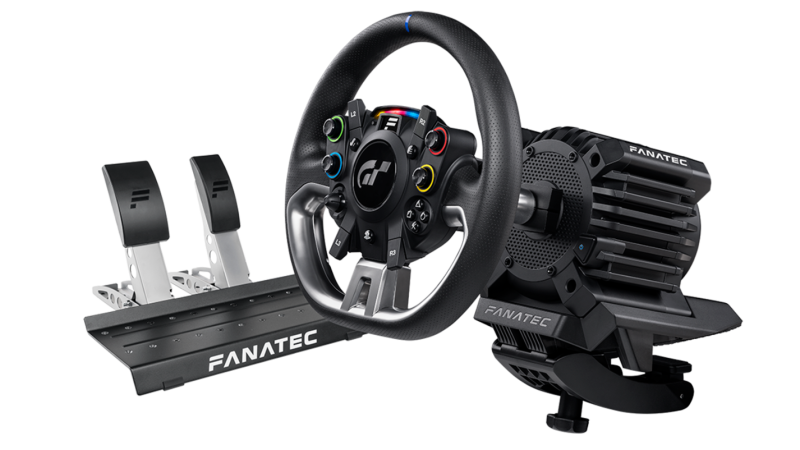
The Mounting Costs of Sim Racing
One thing we’ve seen recently with GT is the increasingly expensive official racing wheels, with the latest Fanatec GT DD Pro for GT7 coming in at nearly $1,000 for the complete kit. It’s a trend Yamauchi doesn’t appear to like all that much.
“High-end wheels are fine, but I think we need something that is easier for everyone to pick up,” he comments.”
“Of course, I know it’s a good experience, but it’s not something everyone can afford. For example, the first [Logitech] GT Force… there were quite a few of them, because it was cheap,” he adds.
Yamauchi goes on to note the additional expense of such simulation-grade peripherals, such as cockpits to which you’d need to mount powerful direct drive devices. “It’s wrong to ask everyone to do that… I know that there is such a world of simulation, but it’s not the majority.”
He also talks about the dangers of focusing only on the narrow market segment of wealthy players. “I want many people to play… There is such a narrow but rich world, but if you focus only on it, it will end as a market.”
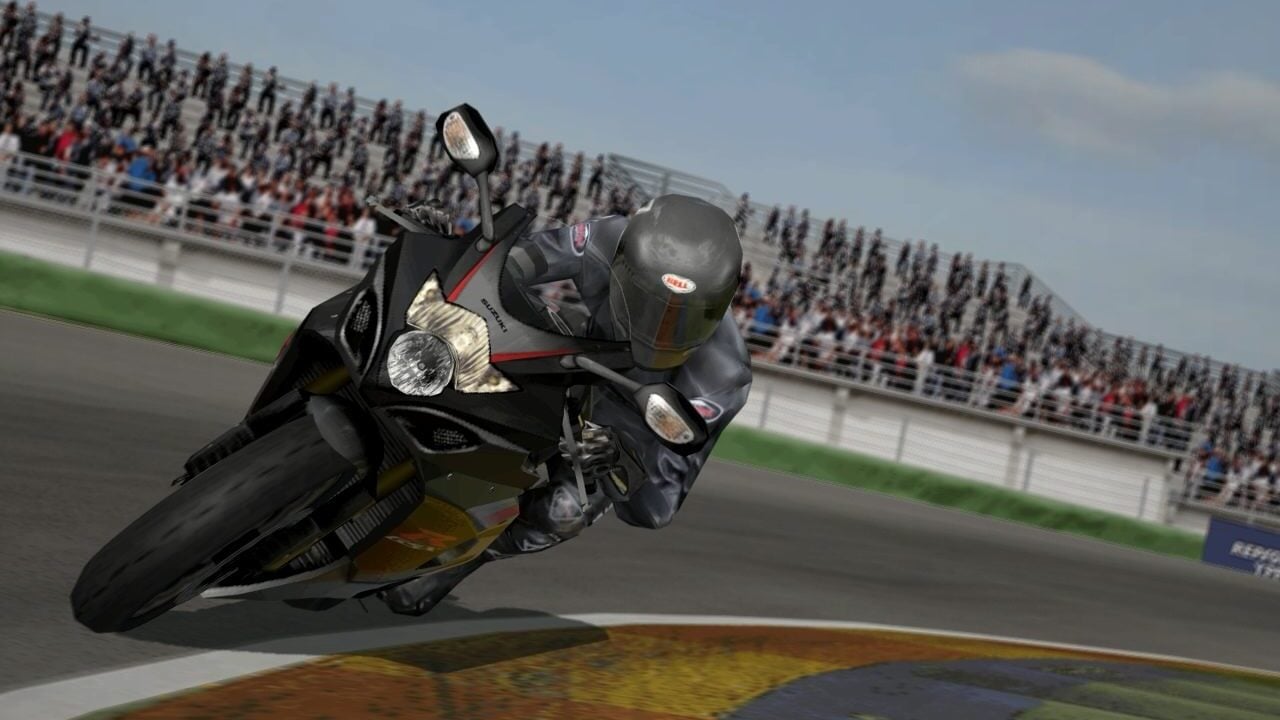
Tourist Trophy 2?
One final fun item to note arose from a look through Polyphony Digital’s legendary library, with one of the journalist noting Tourist Trophy in a prominent position.
When asked if PD could make Tourist Trophy again today with modern technology, Yamauchi commented that the probability isn’t zero, but it would be very difficult to do so.
That’s not down to the game itself, with Yamauchi stating that “The behavior engine of Gran Turismo actually moves the model of the motorcycle, [so] it would be possible to run a motorcycle on a GT7 course with the same quality as Tourist Trophy in no time.”
Rather it’s down to the control method, contrary to his comments about steering wheels. “I think that how to develop the controller will be the key… Compared to a car, you use your body overwhelmingly… It would be difficult if we didn’t simultaneously develop a controller that could naturally do that.”
Original interviews published by GameWatch and Dengeki.
See more articles on Kazunori Yamauchi.









